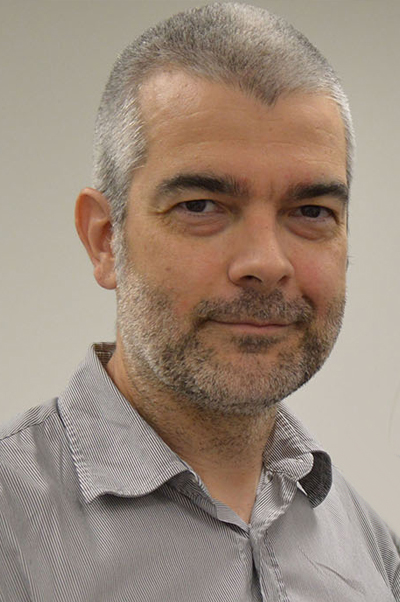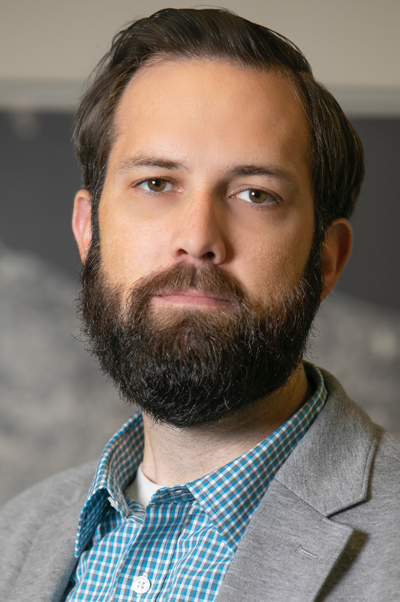Discovery Prize 2021 Winner
 |
Eszter Boros, PhDDepartment of Chemistry Stony Brook University Assistant Professor Eszter Boros was trained in inorganic chemistry and radiochemistry at the University of Zurich, where she received her BSc/MSc, and at the University of British Columbia, where she earned her PhD, designing radioactive metal complexes for prospective biomedical applications. Following extensive training in chemistry, she moved to the Department of Radiology at Harvard Medical School and Massachusetts General Hospital as a postdoctoral fellow, where she developed MRI and optical imaging probes and applied them for targeted imaging of fibrosis and cancer in animal models. In September 2017, Boros came to Stony Brook’s Department of Chemistry. She has courtesy appointments in radiology and pharmacology at Stony Brook Medicine. Marrying her passion for the fundamental chemistry of metal ions and developing means to diagnose and treat disease, Boros has established a multidisciplinary research program that combines synthetic chemistry and radiotracer design with preclinical, rodent murine models of disease (cancer, infection) to develop the next generation of metal-based imaging probes and therapeutics. |
|
Discovery Prize 2021 Finalists |
||
 |
Eric Brouzes, PhDDepartment of Biomedical Engineering Eric Brouzes joined Stony Brook University as a research assistant professor in 2010. After majoring in physics at ESPCI in Paris, he studied the effect of mechanotransduction on the development of fly embryos at the Institut Curie, where he received his PhD. He later pursued postdoctoral studies in the lab of Norbert Perrimon in the Genetics Department of Harvard Medical School. He subsequently worked as a senior scientist for start-up companies RainDance Technologies and Metagenomix, where he discovered the world of microfluidics, before returning to academia. Brouzes is researching cellular heterogeneity and its role in healthy and diseased tissues, such as cancer. His lab focuses on developing novel microfluidic approaches to perform quantitative, functional and genomic measurements at single-cell resolution. Those platforms rely on droplet and single-phase microfluidic technologies to enable precise manipulation and processing of single cells at low and high throughput. Recently, Brouzes started exploring technologies to perform spatial genomics in which genetic information from single cells is obtained together with location in the tissue. |
|
 |
Gregory Henkes, PhDDepartment of Geosciences
|
|
 |
Kevin Reed, PhDSchool of Marine and Atmospheric Sciences Kevin Reed is an associate professor in Stony Brook University’s School of Marine and Atmospheric Sciences. Prior to coming to Stony Brook, he was a postdoctoral research fellow at the National Center for Atmospheric Research in Boulder, Colorado, and a science policy advisor in the U.S. Senate through the American Geophysical Union Congressional Science Fellowship. Reed received his PhD and MS in atmospheric science from the University of Michigan. He is a member of the U.S. Climate Variability and Predictability Program Scientific Steering Committee and president-elect of the science and society section of the American Geophysical Union. At Stony Brook, Reed founded and leads the Climate Extremes Modeling (CEM) Group, which is composed of a diverse team of undergraduate and graduate students and scientists. Using next-generation climate models and simplified and reduced complexity modeling frameworks to explore the link between extreme weather and the global climate, the CEM Group advances scientific understanding of climate change’s impact and develops methodologies to better translate state-of-the-art science for climate adaptation applications and policies.
|
